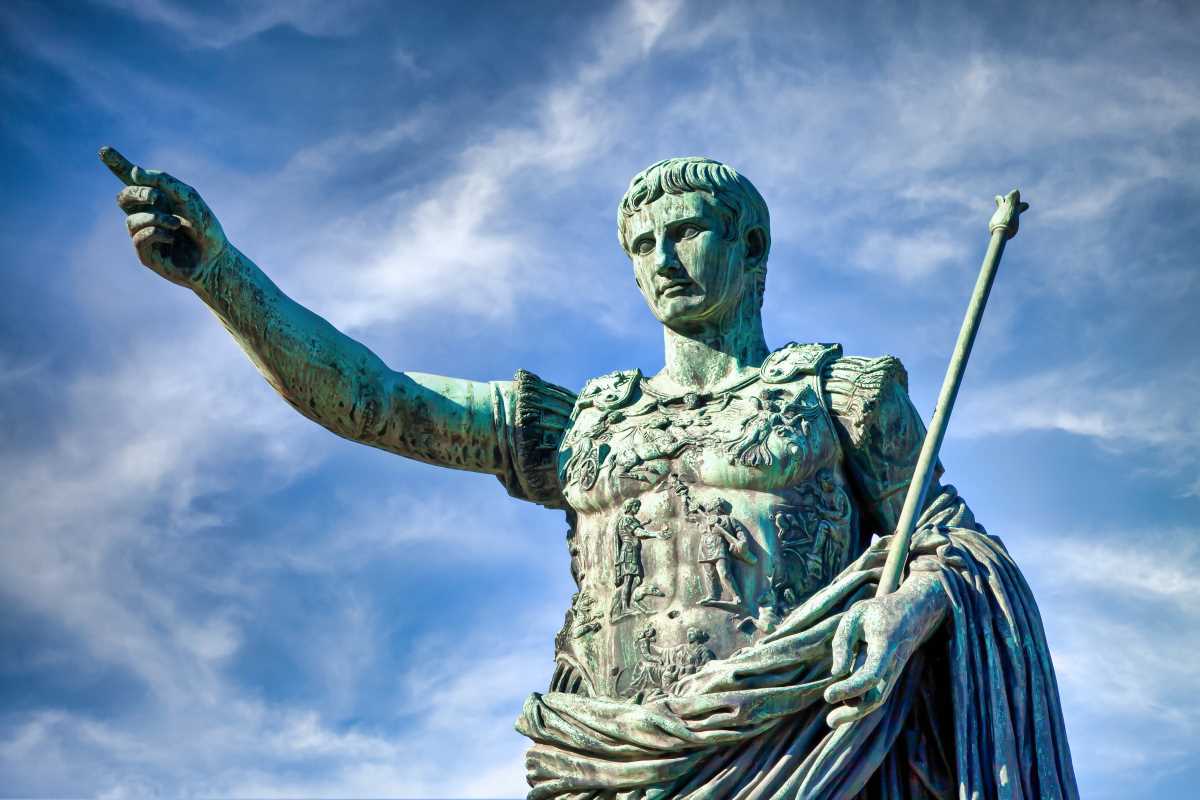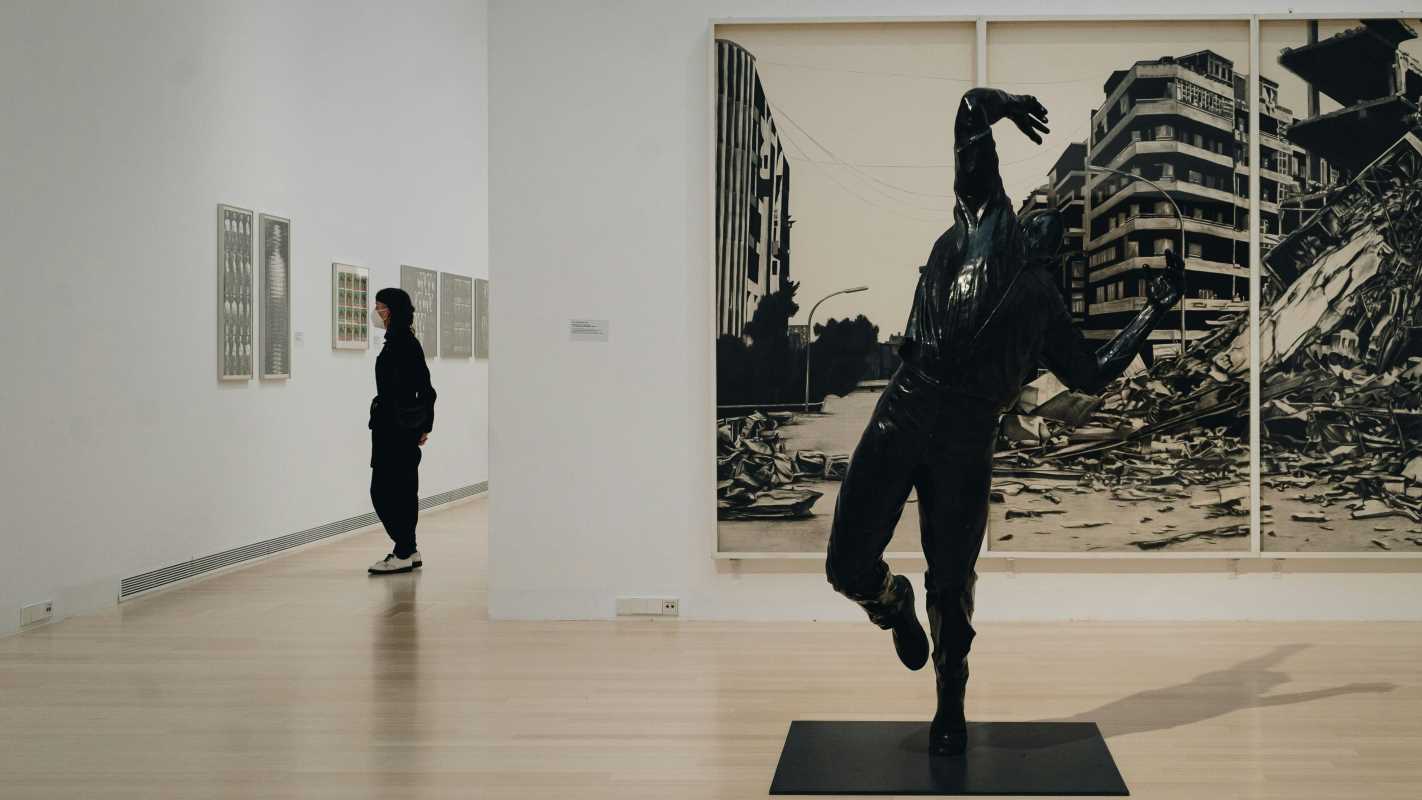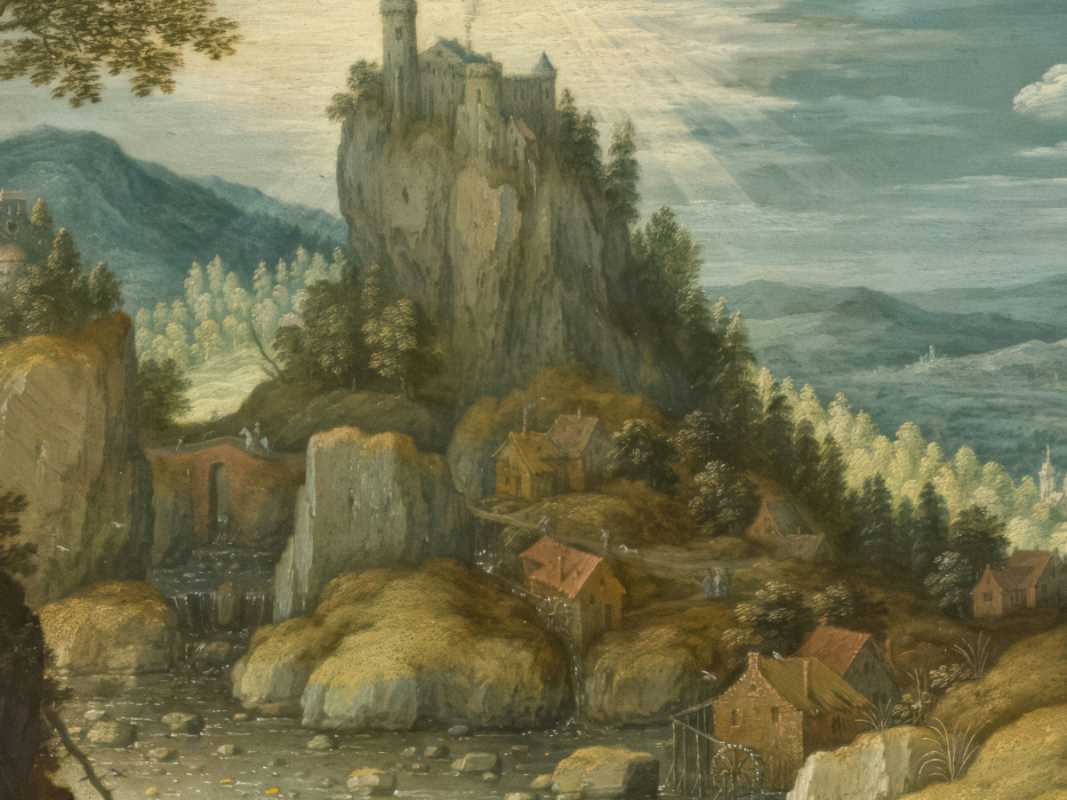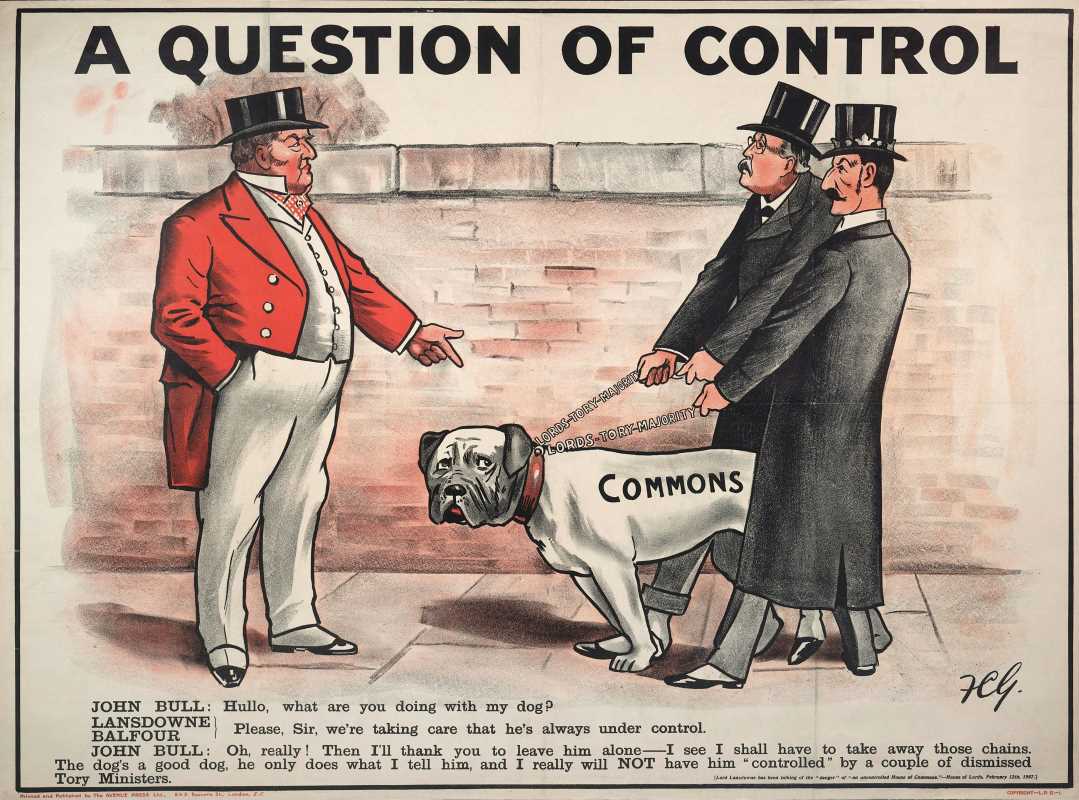Museums are more than just quiet halls filled with paintings and artifacts. They are cultural powerhouses, shaping how we view our past, understand our present, and imagine the future. Art, in particular, holds a unique power to communicate history in ways that textbooks or statistics simply cannot.
With every exhibit, museums play a role in curating our collective memory and shaping public perception of history. Here are five key ways they do it.
The Art of Curation
Curation might sound like a behind-the-scenes task, but in truth, it wields incredible influence. How pieces are selected, arranged, and contextualized in museums fundamentally shapes how we interpret history. Curators make choices about which stories to highlight, which voices to elevate, and which interpretations to prioritize.
Take, for instance, the galleries at New York’s Metropolitan Museum of Art. The way ancient Roman sculptures are displayed alongside other Mediterranean artifacts paints a vivid picture of the cultural exchanges of the time. Conversely, omissions in exhibitions can be just as telling. If certain demographics or perspectives are excluded, it directly impacts what the public understands about historical events or societies.
Curatorial decisions about lighting, layout, and even the text on exhibition panels further frame how we interpret art. For example, displaying a portrait of a 19th-century abolitionist next to a dramatic rendering of a slave ship tells a vastly different story than if those pieces were exhibited apart. Museums' curation influences what we see, not just in terms of art but also in terms of historical narratives.
Representation and Whose Stories Are Told
Museums have a responsibility to ensure diverse, authentic representation in their displays. Art galleries and exhibits are spaces where history becomes tangible, but for that history to resonate with everyone, it must include multiple perspectives.
For too long, many museums displayed predominantly Eurocentric art, neglecting Indigenous voices, people of color, and underrepresented communities. Recent strides, however, show how museums can acknowledge and address this imbalance. The National Museum of African American History and Culture in Washington, D.C., is a powerful example of representation in action. Its art collections highlight a rich history of African American creativity while also confronting difficult chapters of systemic racism and oppression.
Representation in art exhibits also matters when tackling global histories. Incorporating visually striking artifacts like Mayan sculptures or Aboriginal dot paintings brings those cultures’ legacies to light and ensures they are part of the broader narrative. By amplifying marginalized voices, museums can challenge outdated perceptions of history and expand our understanding of the world.
Education Beyond the Classroom
Museums are classrooms without walls, offering opportunities for learning that transcend traditional methods. Art, in particular, is an engaging educator. A painting can convey the emotions and atmosphere of historical events better than a textbook ever could.
For example, Francisco Goya’s The Third of May 1808 doesn’t just recount Napoleon’s invasion of Spain; its dramatic use of light and shadow makes viewers feel the fear, resistance, and brutality of war. Similarly, art installations like Ai Weiwei’s Remembering, which commemorates the victims of China’s 2008 Sichuan earthquake, teach about contemporary tragedies through raw emotion and scale.
Museums also work to make education more interactive. Tours, workshops, and multimedia displays like augmented reality bring history to life, allowing visitors to engage with art on a deeper level. At the Smithsonian Institution, digital exhibits like Reclaiming the Edge use technology to give visitors a closer look at cultural artifacts while explaining their historical importance. This blend of visual art and storytelling helps connect audiences to history.
When museums succeed in educating, they don’t just inform visitors but inspire them to think critically about the past and draw connections to the present.
Preservation as a Gateway to Memory
Preservation is at the heart of museums' missions. Without these institutions, much of the art that connects us to history might already have been lost to time. Preservation is not just about ensuring that paintings don’t fade or sculptures don’t crumble; it’s about safeguarding cultural heritage and memory.
Imagine if Vincent van Gogh’s Starry Night had not been protected throughout decades of wars and environmental challenges, or if ancient Egyptian artifacts had been neglected and forgotten. Museums ensure that future generations can witness these pieces, drawing meaning not just from their aesthetic value but also from the eras and events they represent.
The preservation of art becomes even more crucial when it comes to endangered cultural artifacts. Many museums worldwide have stepped in to protect works from conflict zones. For instance, during World War II, the Louvre famously relocated thousands of its artworks, including the Mona Lisa, to protect them from Nazi looting. Similarly, modern efforts like the International Alliance for the Protection of Heritage in Conflict Areas (ALIPH) are ensuring that historical treasures in places like Syria and Iraq are preserved amidst ongoing turmoil.
Each preserved work of art serves as evidence of humanity's collective history, acting as a bridge between generations and ensuring stories are not lost to time.
Cultural Dialogue and Bridging Divides
Perhaps one of the most powerful ways museums shape public perception of history is by sparking cultural dialogue. Art can tell stories that transcend borders, and museums provide a platform for those stories to be shared with global audiences.
Exhibitions focusing on international art often act as cultural ambassadors. The British Museum's Ming Dynasty exhibit or New York’s Museum of Modern Art featuring works by Latin American artists not only educate but also foster cross-cultural appreciation. These encounters cultivate empathy and understanding, crucial qualities in today’s globally interconnected society.
Additionally, museums have begun to use art as a medium to encourage conversations about difficult aspects of history. The German Historical Museum’s Uncomfortable Truths exhibit examined Germany’s colonial past in Africa, using art to confront the lasting consequences of exploitation and systemic racism. These initiatives demonstrate that museums are not neutral spaces; they are arenas where challenging discussions can occur safely, guided by the stories art can convey.
Through dialogue, museums create opportunities for reconciliation and mutual learning, helping visitors from different backgrounds approach history with fresh perspectives and open minds.
Transforming the Way We See Ourselves
Museums hold a unique role in shaping how we see the past, our communities, and ourselves. By carefully curating exhibits, amplifying marginalized voices, educating through emotional connection, preserving heritage, and enabling dialogue across cultures, they make history accessible in ways that inspire thought and reflection.
Where once a museum visit may have meant simply admiring beautiful artifacts, today it holds the power to challenge beliefs, celebrate diversity, and ignite change. When art and history intersect, it’s not just about what we learn; it’s about how we grow. Through the stories preserved in their halls, museums ensure that history isn’t just remembered but reimagined for generations to come.
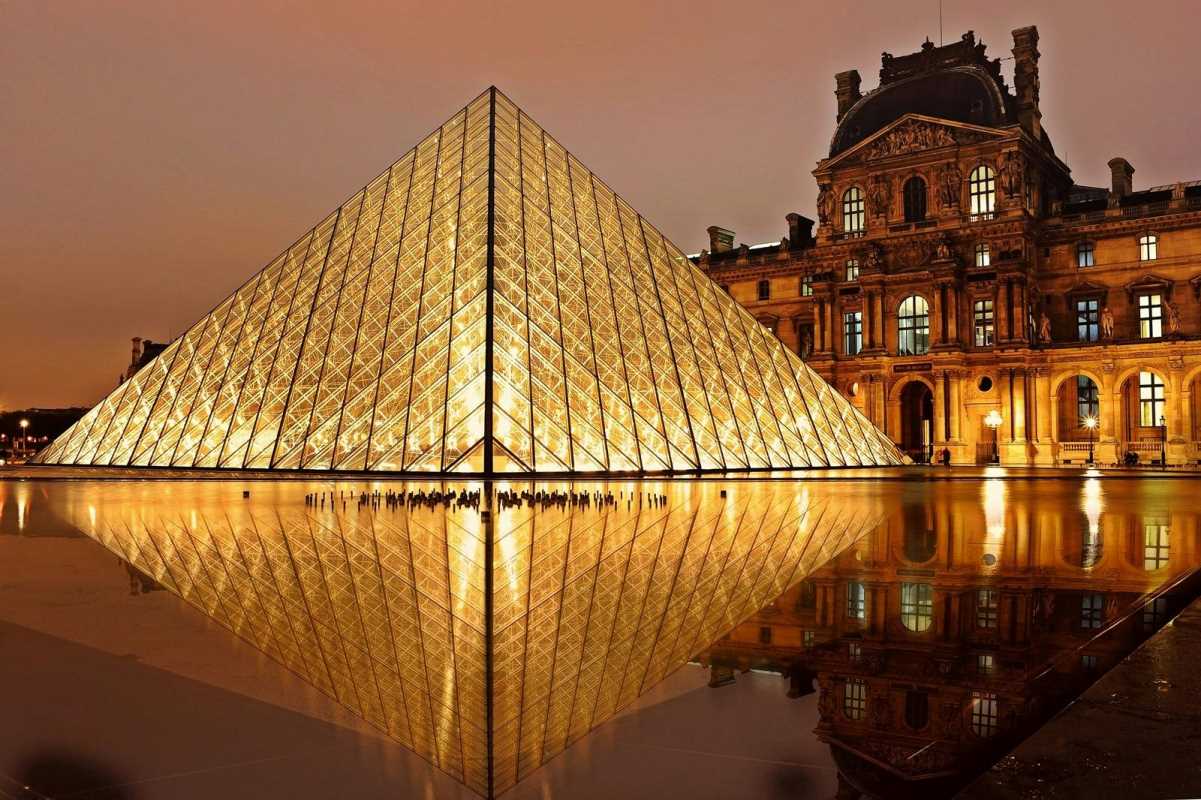 (Image via
(Image via.jpg)
